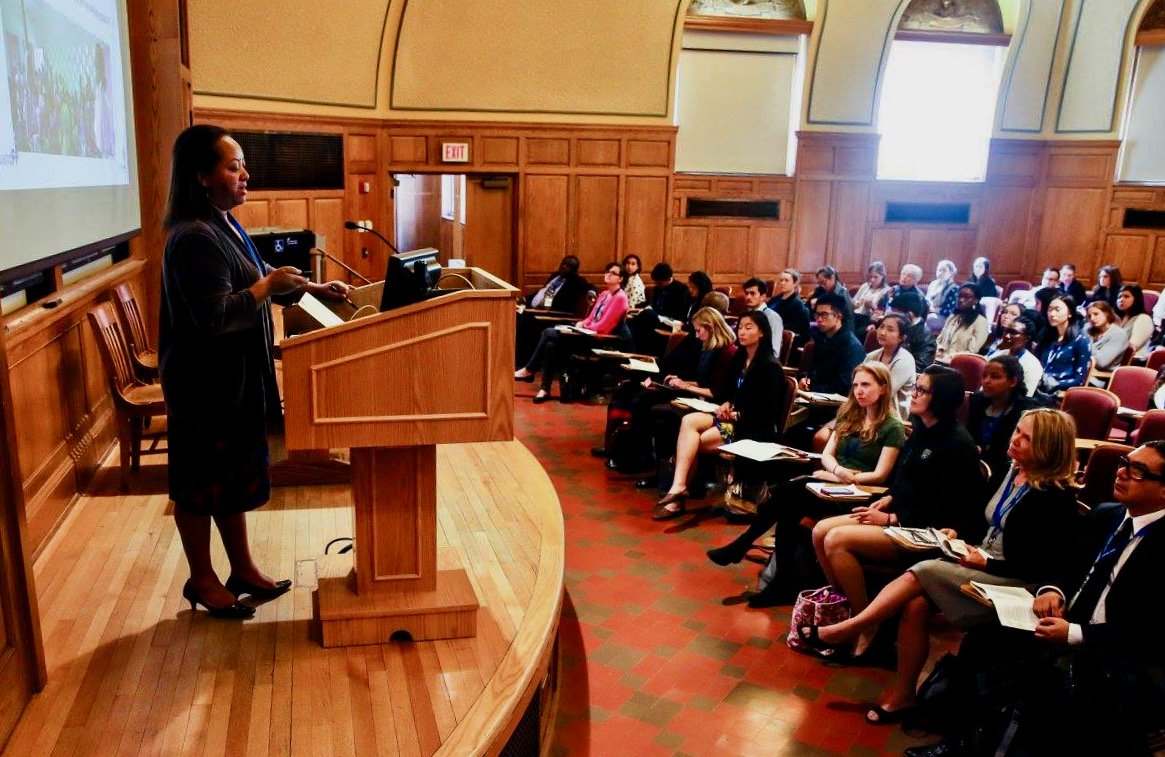
HEALTH EDUCATION STRATEGIES CERTIFICATE
Module 5: Avoiding Pitfalls in Education
In resource-limited settings where there is a high demand for health education programs, health education designers play a very important role in delivering guidance and information to the people. However, it is imperative that those providing the education be knowledgeable, and it is essential that they are trained sufficiently to deliver care. Pitfalls in education delivery can regularly arise if volunteers or educators are informally recruited, insufficiently trained, or if a minimal focus us placed on effective educational strategies. This was the case in a study by Siu et al., which aimed to evaluate volunteer preparation in two NGOs that rely heavily on volunteers as health educators. The study used focus group discussions and observations of health sessions, as well as interviews with volunteers and staff to make observations about the volunteers’ preparation. The study showed that in these two NGOs, the practice of health education was left to the volunteers’ discretion, which was often less reflective and a more self-designed approach to delivering the education.(1) The study found that even though these programs were implemented in many resource-poor settings, the information was not well received because it was delivered in an ineffective way. Thus, in order to ensure that educators and volunteers are sufficiently trained, it is essential for an educational program to include a structured training and evaluation process. For example, it is important for training to equip the educators with knowledge and skills to effectively teach a sensitive range of topics. The provision of pre-implementation training has been found to increase the integrity with which educators implement a curriculum.(2) Training should also aim to specifically address the skill-related problems of those who implement educational programs.(3)
While training may be successful in the short term, it is important to ensure that educators successfully comprehend and remember training messages, and that they are able to transfer the knowledge and skills acquired to the field. The primary way to ensure that the messages will remain with volunteers is to implement long-term training programs, as opposed to fragmented training sessions that leave gaps in knowledge.(4) Additionally, there should be follow up with educators through pre- and post-training sessions to measure the outcomes of their training.(5) Unless the message is understood and in turn accurately communicated to others, the program is useless, can propagate false information, and can reinforce or create new barriers to care. Follow-up sessions may be best evaluated through a questionnaire for both educators and program participants. Focus group discussions with educators and programs participants is another effective strategy to collect information about the effectiveness of program implementation. Discussions can provide valuable feedback about health educators' performance, as well as about the training programs.(6)
Footnotes
(1) Siu, G.E. and Whyte, S.R. Uganda: Rethinking the role and preparation of volunteers Health Education Journal June 2009 68: 83-93.
(2) Ahmed N., Flisher A.J., Matthews C., Jansen S., Mukoma W., Schaalma H. Process evaluation of the teacher training for an AIDS prevention programme (2006) Health Education Research, 21 (5), pp. 621-632.
(3) Ibid.
(4) Ibid.
(5) Ahmed N., Flisher A.J., Matthews C., Jansen S., Mukoma W., Schaalma H. Process evaluation of the teacher training for an AIDS prevention programme. Health Education Research. (2006). 21 (5), pp. 621-632.
(6) Mukoma W, Flisher AJ, Ahmed N, Jansen S, Mathews C, Klepp KI, Schaalma H: Process evaluation of a school-based HIV/AIDS intervention in South Africa. Scand J Public Hlth. (2009). 37(Suppl 2):37-47.
